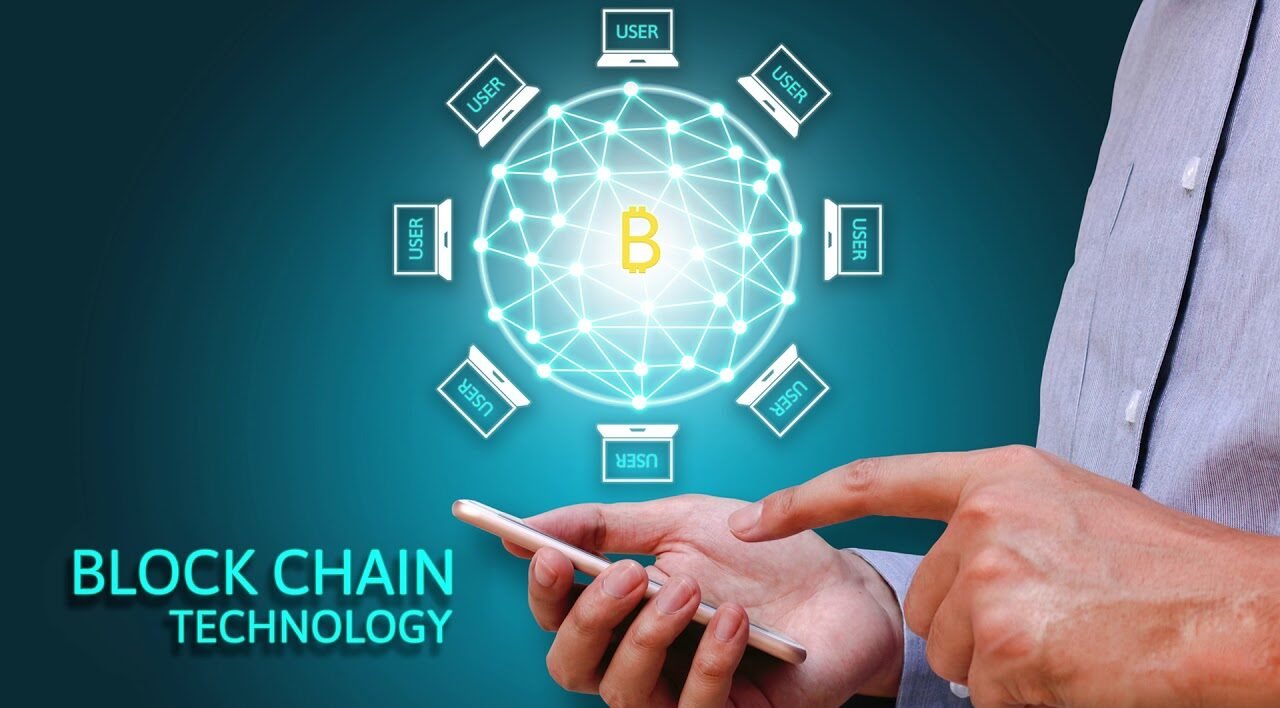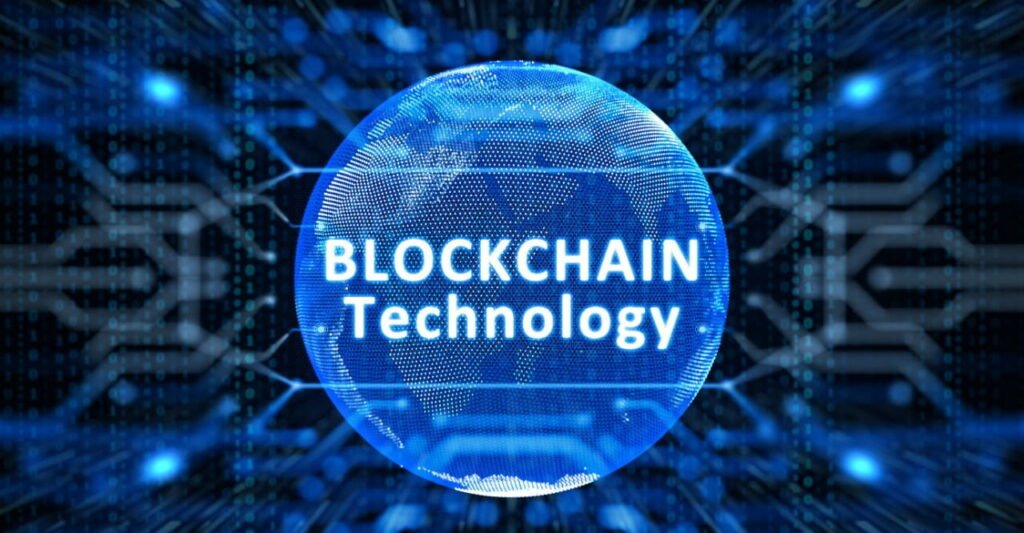The development of blockchain technology is becoming a significant factor that influences the direction of digital technologies. Fundamentally, blockchain is a distributed network of computers used as a decentralized ledger system for data recording. Once data enters this ledger, it remains transparent, unchangeable, and safe. Blockchain development is the process of creating systems, platforms, or apps using this technology to solve practical issues or bring fresh business models into use. Blockchain uses now range from supply chain logistics to financial services, and their reach is still growing fast.
What are the prerequisites for blockchain development?
When people discuss blockchain development, they usually relate it just to cryptocurrencies. Although cryptocurrencies like Bitcoin and Ethereum are among the first widely used applications, the field of blockchain development is much broader. Developers of blockchain systems create distributed apps, sometimes referred to as DApps, running on blockchain networks instead of centralized servers. Purpose of Blockchain, Smart contracts—self-executing programs that automate transactions upon predetermined conditions—are used extensively in several of these applications. Developers might also be working on unique consensus protocols, building safe digital wallets and token standards, or creating private blockchains for companies.
Fundamental Ideas in Blockchain Technology
One must grasp some fundamental ideas if one is to truly appreciate blockchain development. Blocks, which serve as data containers including timestamps and transaction information, make up a blockchain. These blocks link in chronological sequence to create an ongoing chain. A network of nodes—independent computers—stores and validates the data. Proof of Work or Proof of Stake is one of the consensus systems that guarantees everyone agrees on the legitimacy of every transaction. This architecture’s distributed character lowers the risks connected with centralized systems and removes the requirement of middlemen.
Blockchain’s Value in Contemporary Businesses
The advantages blockchain development presents are driving its adoption in more and more different sectors. Blockchain permits quick, safe, open transactions in finance, therefore upsetting established financial systems. In supply chain management, it offers end-to-end visibility so businesses may follow product origins and paths of travel in real time. Healthcare companies are using blockchain to protect medical records, therefore guaranteeing anonymity and letting authorized experts rapidly access vital data. Recording property ownership and title transfers on blockchain systems helps the real estate sector simplify transactions. Voting systems are already experimenting with blockchain to enhance security and transparency.
Top Platforms for Blockchain Development
Modern developers have access to a vast range of tools meant to facilitate blockchain creation. Ethereum’s developed ecosystem and strong smart contract features help it stay among the most widely used cryptocurrencies. Solana is suitable for uses needing quick transaction times since it provides scalability and fast processing. Because of its emphasis on modular architecture and privacy, the Linux Foundation-developed permissioned blockchain Hyperledger Fabric is becoming popular in business settings. Another important platform that lets developers create more linked apps by enabling interoperability across several blockchains is Polkadot.

Emerging Patterns Affecting Blockchain’s Future
Several fascinating factors are shaping the development of blockchain right now. Rising decentralized finance, or DeFi, which provides classic financial services such as lending, borrowing, and trading free from banks or brokers, is among the most important developments. The rise of non-fungible tokens, or NFTs, is another movement redefining and monetizing digital ownership. Blockchain combined with artificial intelligence is also becoming more and more important since it allows better, safer data analysis and decision-making procedures. The emergence of Web3, which sees a distributed internet where consumers own and control their data, is maybe the most transformative trend.
Beginning Your Road Trip through Blockchain Development
Learning fundamental programming languages like Solidity for Ethereum smart contracts or Rust for systems like Solana starts the path toward becoming a blockchain developer. One must first understand technically how a blockchain operates. This lesson covers researching its data structures, consensus techniques, and architectural style. Developing basic apps and implementing smart contracts will help you to get practical experience and confirm your knowledge. Systems like Truffle and Hardhat, as well as development environments like Remix, can help hasten the learning process. Success in this fast-paced sector also depends critically on keeping current with new technologies and engaging in development networks.
Summary
Blockchain technology development represents a fundamental change in the design and operation of digital systems, not only a fad. Its promise of security, openness, and decentralization qualifies it as a necessary component in the direction of technology. Skilled developers will only become more important as businesses continue to embrace and experiment with blockchain. Now is the perfect time to investigate this transforming discipline, regardless of your level of experience as a software engineer or curious novice.
Start by consulting the Ethereum Developer Portal or reading the Solidity material if you’re ready to advance. Join blockchain networks, support open-source projects, and challenge yourself to create your own distributed apps. The blockchain is writing the future of technology; will you be among the authors?


